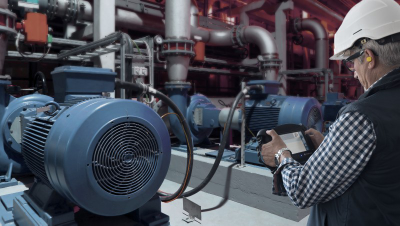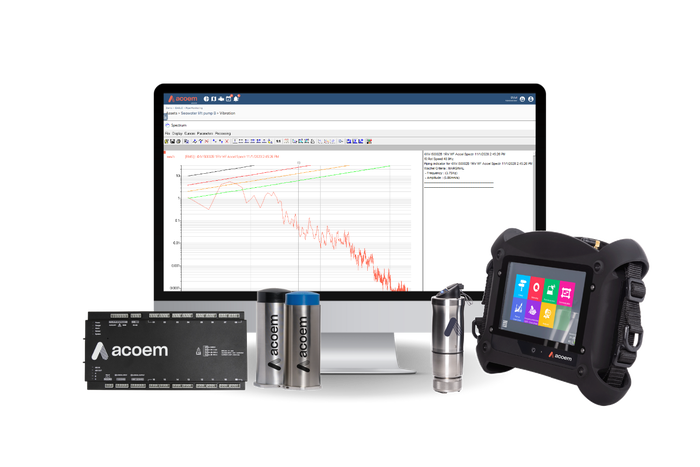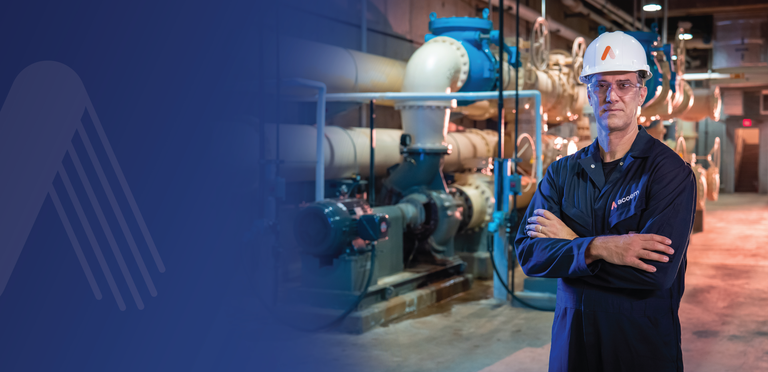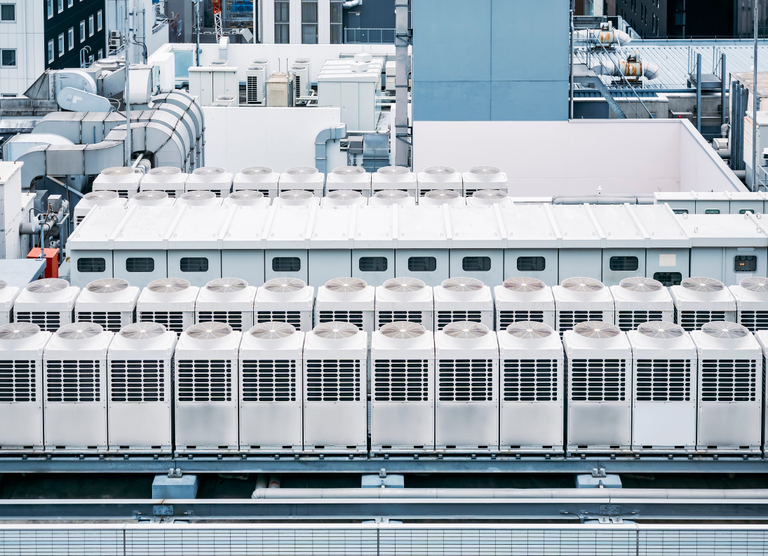Predictive Maintenance: A Pillar of Operational Safety and Performance
In a nuclear power plant, any failure of rotating equipment—motors, pumps, fans, turbines, alternators—can compromise not only operational safety but also the overall availability of the installation. Safety-critical equipment (SIPS) receives particular attention, as its integrity is directly linked to operational safety.
Predictive maintenance, particularly through vibration analysis, is now a major lever for continuous improvement. It enables early detection of mechanical degradation, securing production, planning maintenance operations, and optimizing human and material resources.

EDF’s CNPE maintenance teams rely notably on Acoem’s Falcon vibration data collectors to perform measurement campaigns during unit outages. These inspections allow verification of SIPS vibration compliance at commissioning and before restart. All collected data is centralized in a secure server, ensuring traceability and standardization of practices. Today, over 120 collectors are deployed across the French nuclear fleet, with more than 120 users connected to the predictive maintenance application Nest i4.0, a true supervision cockpit.
Continuous Monitoring: Focus on Next-Generation EPR
The Flamanville EPR illustrates a major technological evolution in maintenance management: permanent instrumentation of SIPS. This approach relies on the integration of Acoem’s MV-x vibration monitoring modules, designed and manufactured in France by Acoem. These systems enable real-time vibration analysis, correlated with machine operating regimes, for earlier alerts based on dynamically adapted threshold levels.

Managing Resonance Risks: Focus on Sensitive Branch Connections
Mechanical modifications carried out during VD4 inspections (pipe replacements, rotating machine upgrades, support adaptations) introduce dynamic uncertainties that can generate vibratory resonance phenomena. If not properly managed, these effects can lead to fatigue failure of branch connections, where sensors, valves, or control instruments essential for plant operation are installed.
Vibration monitoring of these connections requires a rigorous methodology, combining in-situ measurements, frequency analysis, and correlation with operational data. Only a thorough understanding of structural vibratory behavior, combined with expertise in the constraints specific to the nuclear environment, enables the safe validation of modifications.
In this context, Acoem teams intervene during ten-year inspections to carry out vibration monitoring campaigns, in compliance with the requirements of the French Nuclear Safety Authority (ASN). These inspections ensure that modifications do not introduce uncontrolled dynamic risks, thereby enabling the safe requalification of the affected circuits.
Engineering, Technology, and Expertise: Reliability as a Lever for Sustainable Performance
Integrating predictive maintenance and vibration diagnostics into the design, operation, and maintenance processes of nuclear power plants acts as a driver for operational performance. It enhances industrial risk management, improves the technical availability of installations, and optimizes the total cost of ownership (TCO) of equipment.








